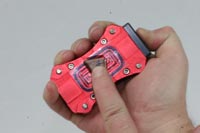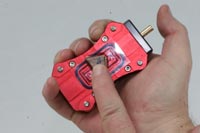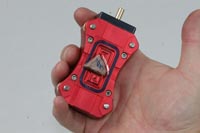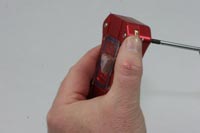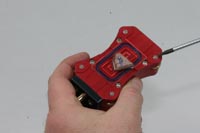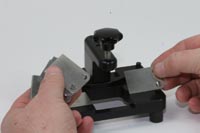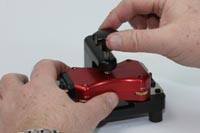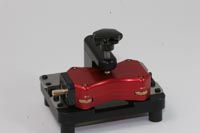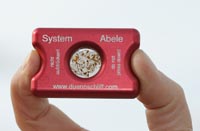Making Thin Sections by using SystemAbele®
Used in mineralogy, petrology,
petrography, palaeo-ontology, archaeology,
dendrochronology, dentistry, glass fibre reinforced plastic, carbon
fibre reinforced plastic, plastics, protection of ancient
monuments, restoration, medicine, testing of building materials,
pharmacy,
biology, quality assurance and much more...
Functional Principle of Thin Section Preparation
To give you a clear and brief explanation:
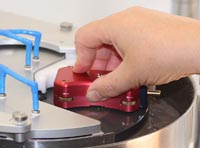
Prepare sample, grind it
one-side on a diamond ring and then polish it.
Glue it onto a microscope slide.
The grinding mouse together
with the aspirated specimen beneath is held on
a rotating diamond ring or moved over a grinding surface. As soon as
the
requested thickness is reached, the contacts of the grinding mouse
glide over
the especially ultra-tough, high-tech sliding surface and therefore
prevent the
grinding to become thinner than requested or even to get lost.
If necessary this process can
be repeated by using a finer grinding disc
for getting a still thinner grinding! That’s it!
Producing a Thin Section
10
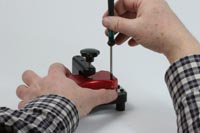
Now turn all four spacers gently down until they press slightly onto the surface of the setting device. Now the distance feet protrude out of the microscope slide exactly by the requested thickness of grinding.
Recommend this page:
Thin Section Technology SystemAbele® : simple thin section preparation.





